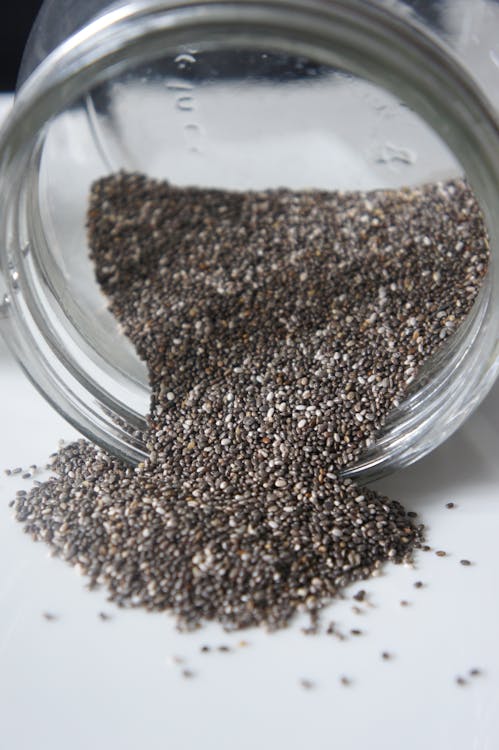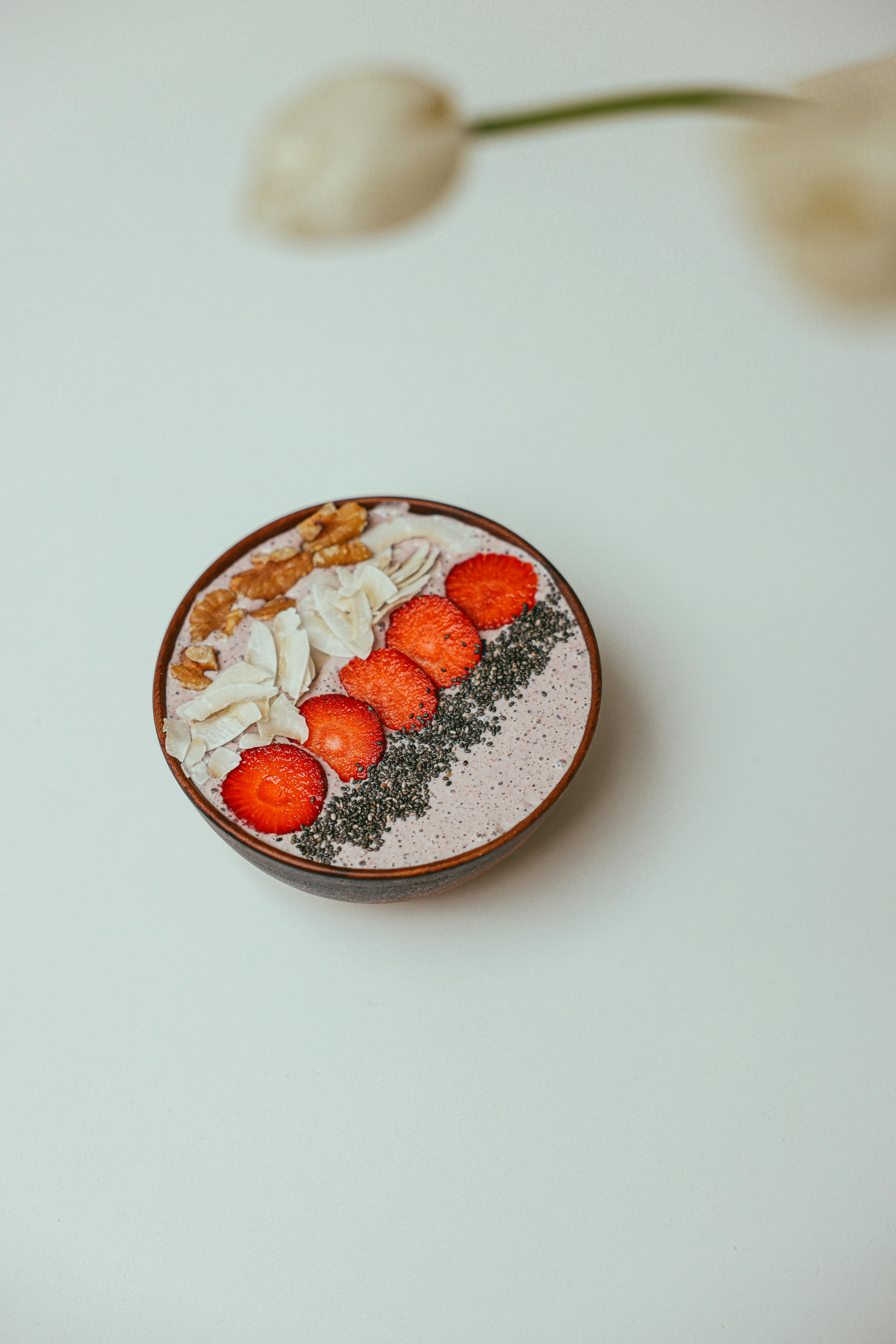Canned food is a staple in many households due to its convenience, long shelf life, and variety. Whether it’s a quick meal after a long day or an emergency option when you’re low on groceries, canned food is a go-to for many. However, one common question often arises:
Does canned food need to be heated up before consumption? And is it safe to eat canned food straight from the can? Let’s explore the answers to these questions and take a look at the safety behind consuming canned food.

Is It Necessary to Heat Canned Food Before Eating?
The short answer is: It depends on the type of canned food and personal preference.
Most canned foods are fully cooked during the canning process. The process involves sealing the food in the can and heating it to a high temperature to kill bacteria, enzymes, and microorganisms that could spoil the food. This method not only preserves the food for an extended period but also ensures that it’s safe to consume directly from the can.
For many types of canned food, such as soups, vegetables, beans, and even fish like tuna or sardines, heating is not necessary from a food safety standpoint. You can eat these items straight from the can without heating them. However, heating them can improve their flavor and texture, making them more enjoyable to eat.
Is There Any Bacteria in Canned Food?
One of the primary reasons canned food is so safe is because of the canning process itself. Canning involves heating the food to a temperature that destroys harmful bacteria, including Clostridium botulinum, which can cause botulism, a rare but serious form of food poisoning. The canning process is designed to eliminate the bacteria responsible for foodborne illnesses, which is why canned food can remain safe to eat for a long time when stored properly.
Once the food is sealed in the can, it’s also protected from contamination by external bacteria, provided that the can is not damaged or compromised. However, if you come across a can that is dented, bulging, rusted, or leaking, it is recommended to discard it, as the seal may have been compromised, potentially allowing bacteria to enter.
Is It Safe to Eat Unheated Canned Food?
In most cases, yes—it is safe to eat canned food without heating it. Since the food is already cooked during the canning process, it’s safe to consume cold. However, some canned foods are designed to be heated for a better culinary experience, such as soups, stews, and sauces. Heating these items brings out their flavors and aromas, making them more appetizing.
However, there are some exceptions:
Raw or semi-cooked foods: Some types of canned food, like certain types of meat or seafood, might need further cooking after opening. Be sure to read the label to confirm whether the product is ready to eat or needs additional preparation.
Baked goods or meals in cans: If you’re dealing with canned bread, cakes, or complete meals like lasagna or casseroles, heating is usually recommended for both food safety and taste.
When You Should Heat Canned Food
While most canned food is safe to eat cold, there are instances when heating is advised:
Improved Taste and Texture: Some canned items, like soups, sauces, and pasta, may taste bland or unappealing if eaten straight from the can. Heating them enhances the flavor, softens the texture, and gives the dish a more homemade feel.
Killing Potential Bacteria (if the can is compromised): If you’re concerned about the can being slightly damaged or suspect it was stored in poor conditions, heating the food to a high temperature can act as an extra layer of safety, just in case. It’s a good idea to bring the food to a boil, especially if you have doubts about the can’s integrity.
Important Tips for Consuming Canned Food
Inspect the Can: Always check for damage, such as dents, bulging, or rust. A compromised can could allow bacteria to enter, making the food unsafe to eat.
Check Expiry Dates: While canned food has a long shelf life, it’s still important to check the expiration date. Eating canned food past its expiry may not cause harm but may affect the flavor and nutritional quality.
Read the Label: Some canned foods, especially those containing raw ingredients or semi-cooked items, will instruct you to heat them before consumption. Always follow the manufacturer’s guidelines.
Refrigerate After Opening: Once you’ve opened a can, any uneaten portion should be transferred to a sealed container and stored in the refrigerator. This helps prevent bacterial growth, as the can is no longer sealed and sterile.
Conclusion: Heat or No Heat?
To sum up, heating canned food is not necessary for safety, as most canned foods are already cooked during the canning process. However, heating improves flavor and texture, especially for soups, stews, and meals. Always inspect your cans for damage and read labels carefully, especially for raw or semi-cooked items.
If you’re in a rush, feel free to dig into that canned food without heating it—just make sure it’s fresh and the can is intact!






:max_bytes(150000):strip_icc():format(webp)/GettyImages-1199935498-94e66e58d5784b42ab2dfcf88e8542b6.jpg)










